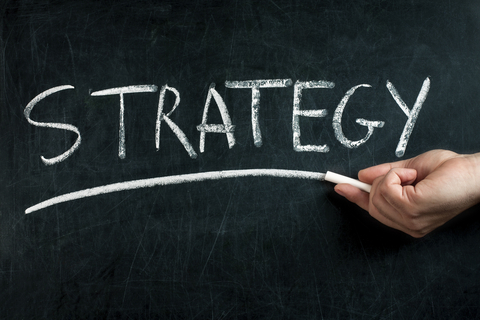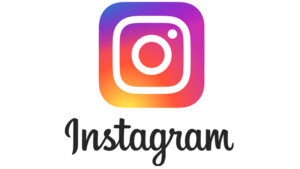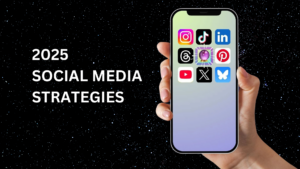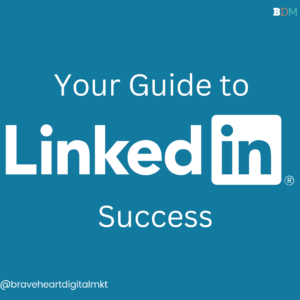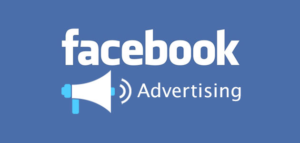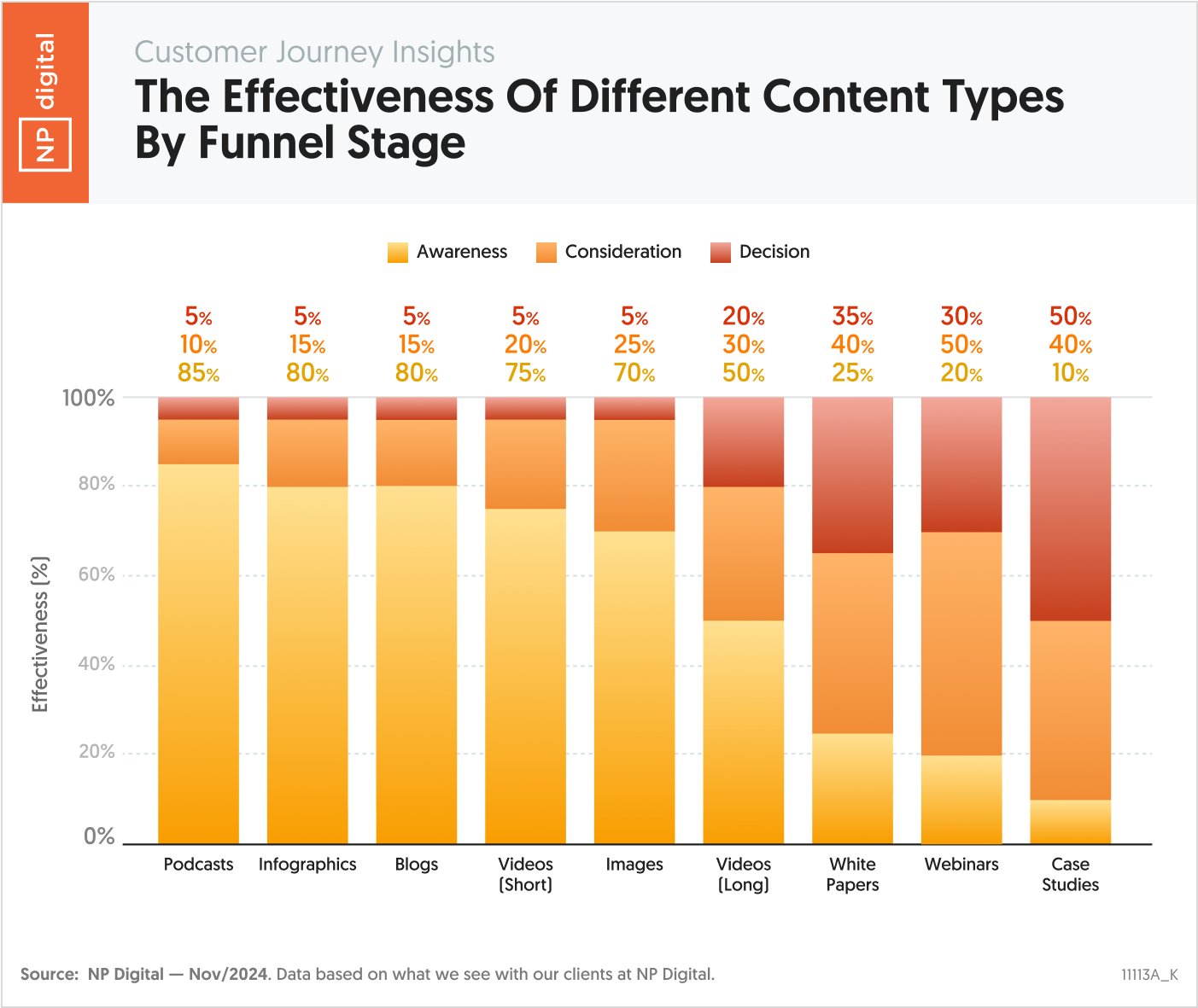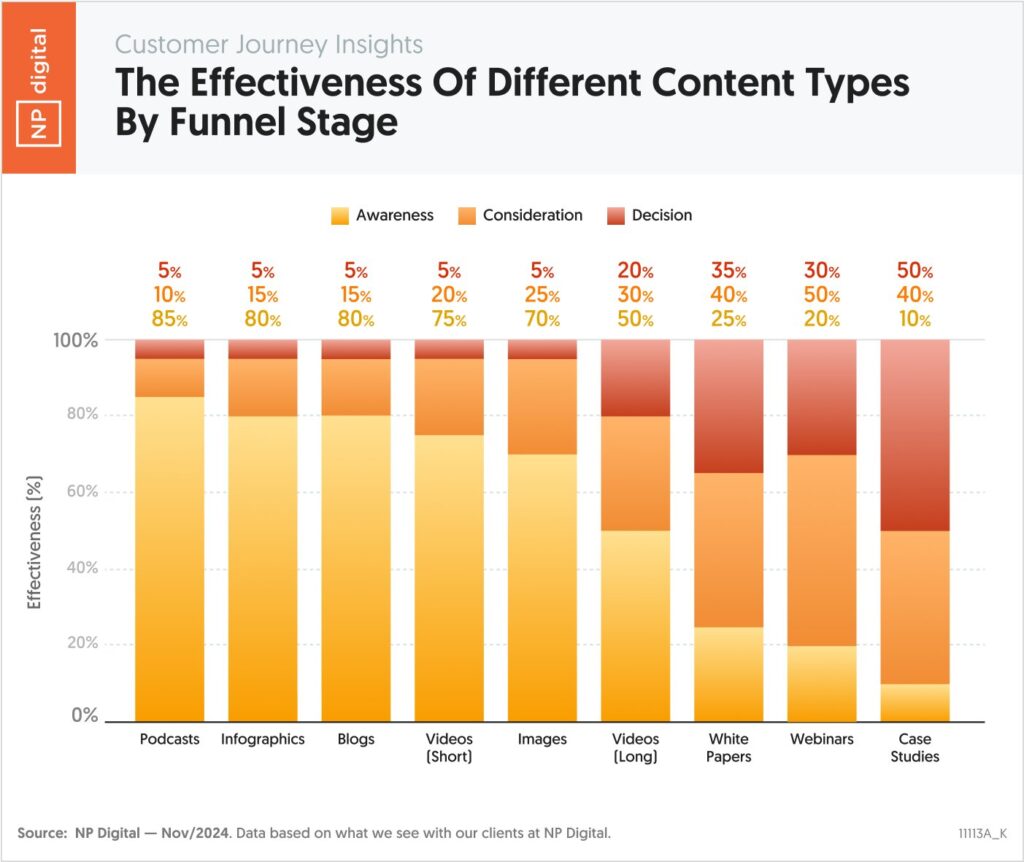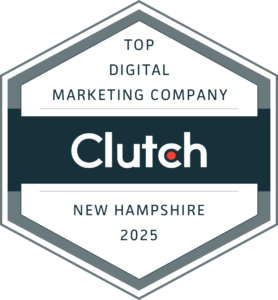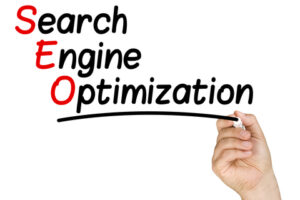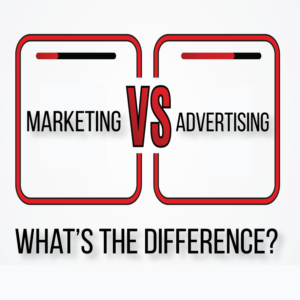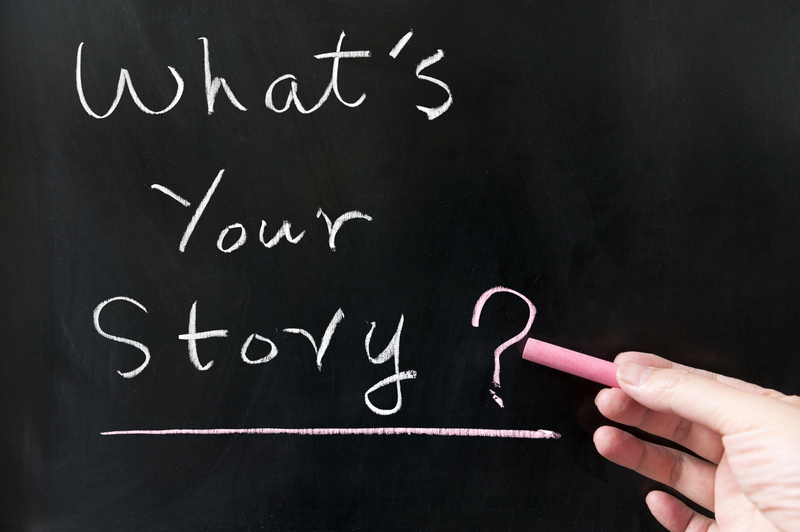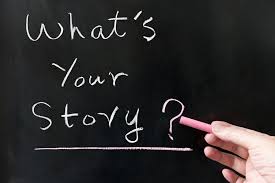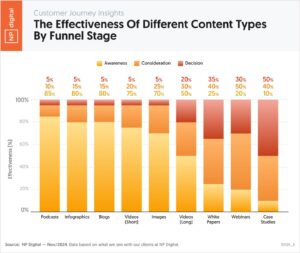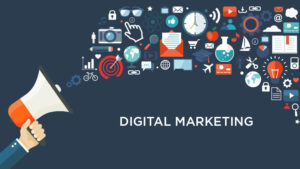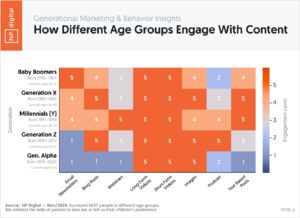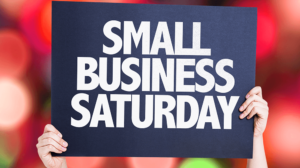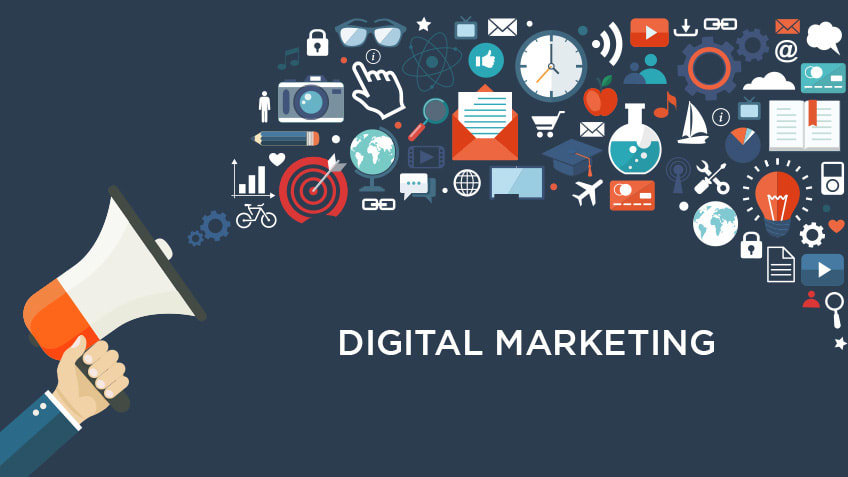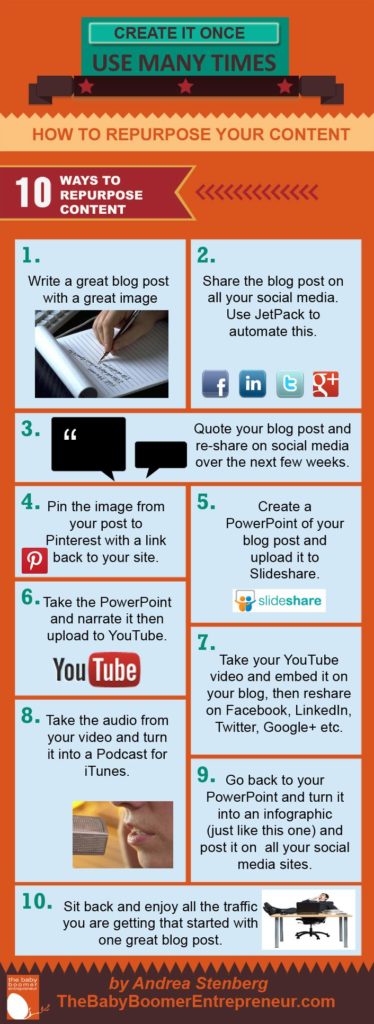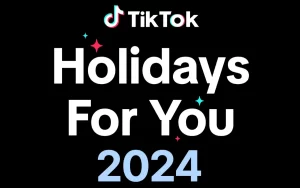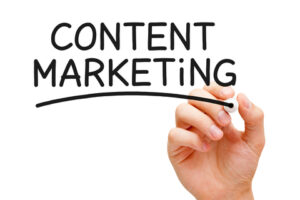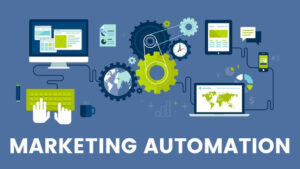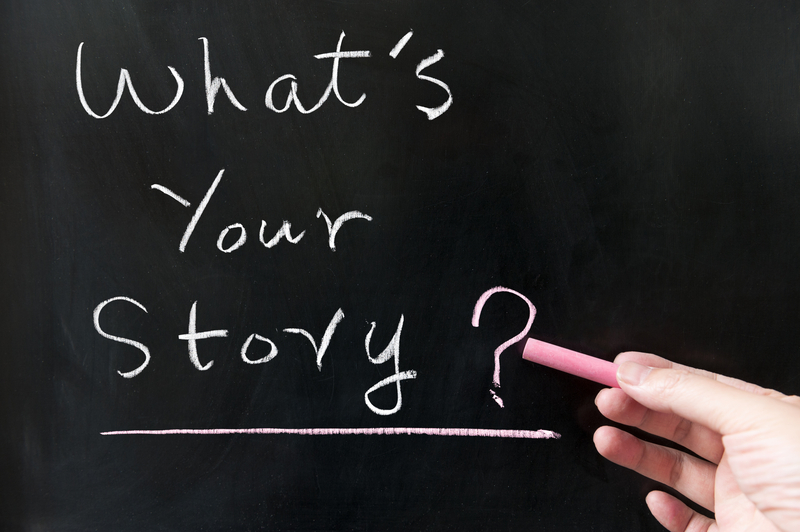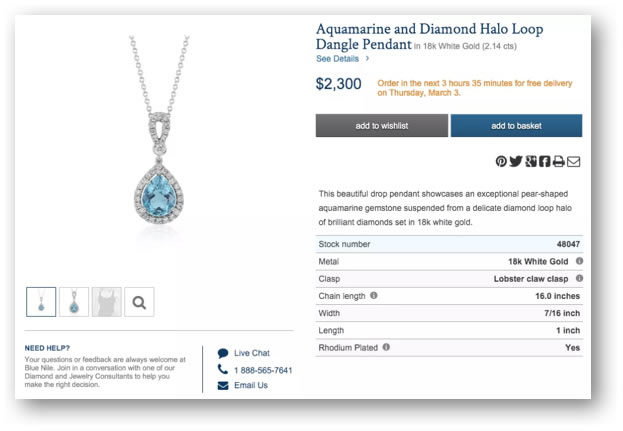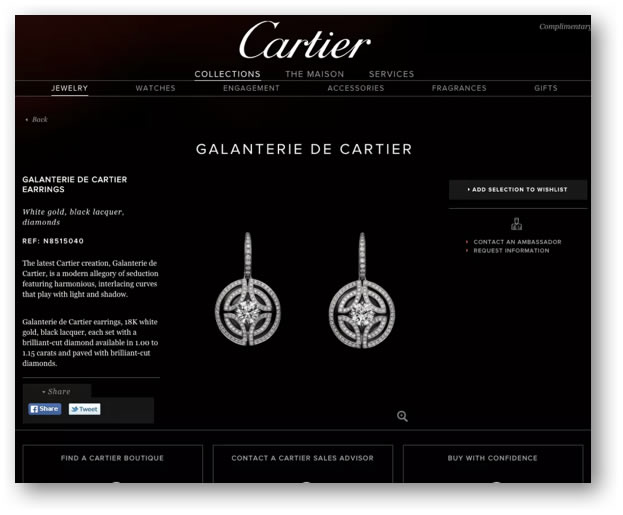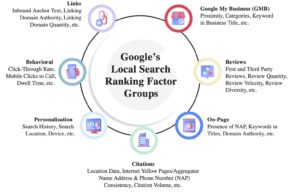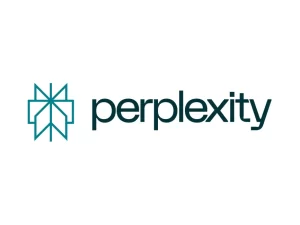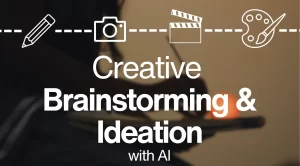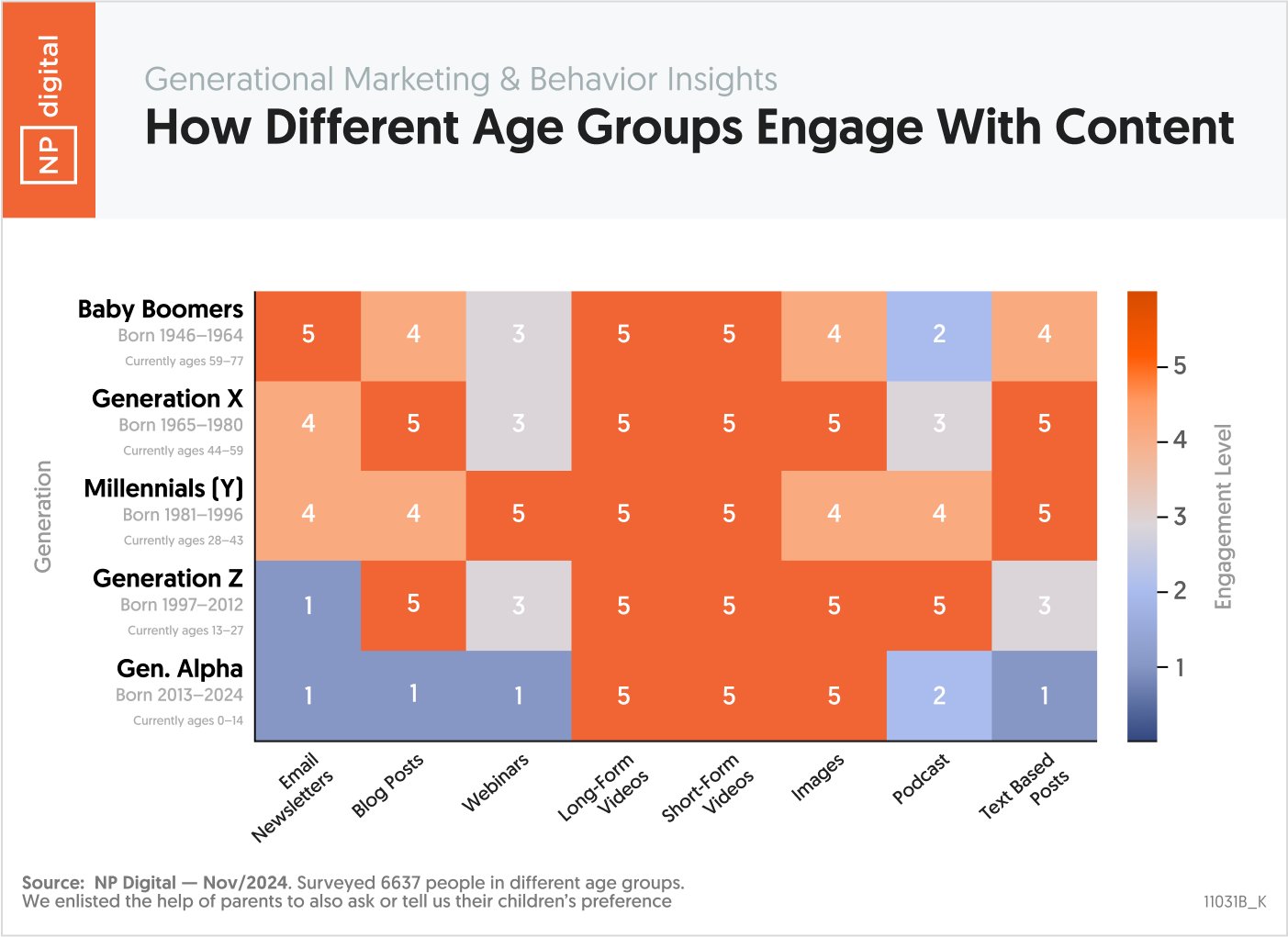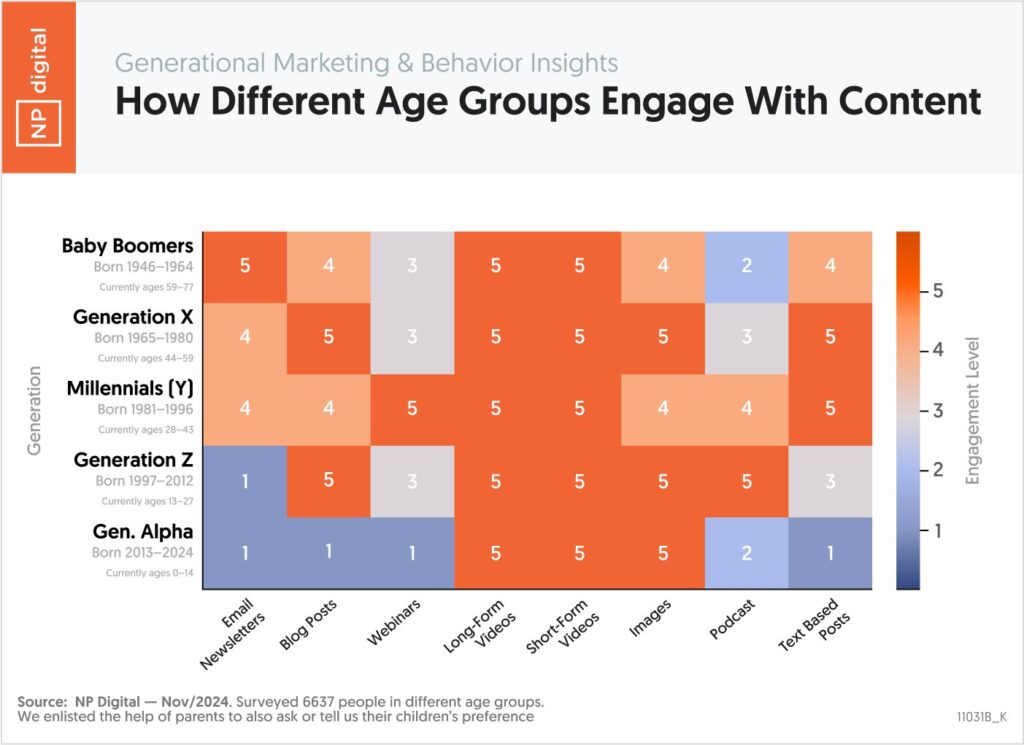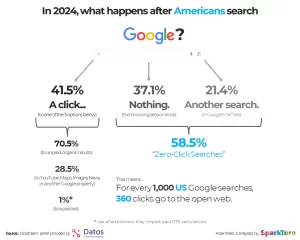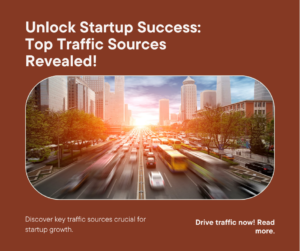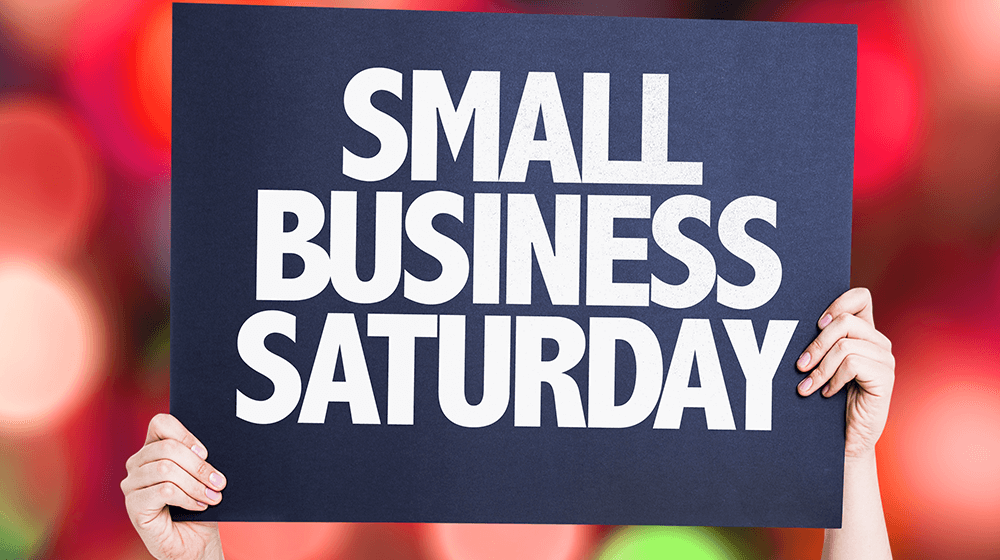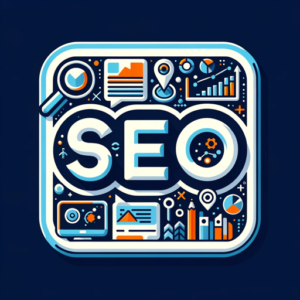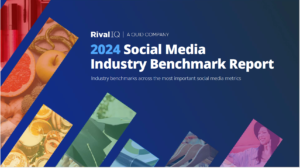How Is Advertising Different From Marketing?
Recently, I had a thought-provoking conversation with a business owner who shared that many entrepreneurs in his industry often don’t distinguish between advertising and marketing. This isn’t a new challenge; even two decades ago, Bloomberg Businessweek published an article titled Marketing vs. Advertising, exploring this same question.
What’s the Difference Between Marketing and Advertising?
There are countless definitions of marketing and advertising, and many of them overlap. But one of the clearest comes from Kathleen Micken, assistant professor of marketing at Roger Williams University:
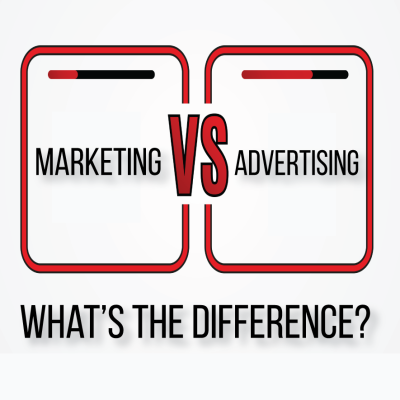
Breaking It Down: Marketing vs Advertising
Advertising is a single component of marketing. It’s a tactic—a method of delivering a brand’s message in a passive way to a broad audience. Think TV commercials, print ads, or digital display ads. The goal? Raising awareness.
Marketing is the bigger picture. It involves identifying specific audiences, tailoring messages, and using strategic activities to achieve a result, such as lead generation or sales.
Why Small Business Owners Must Understand the Difference
- 1.Traffic Generation
- 2. Lead Generation
- 3. Customer Acquisition
In fact, studies show that 84% of people expect brands to create personalized content that addresses their pain points (Edelman Trust Barometer). Traditional advertising often misses this mark. Marketing, on the other hand, leverages strategies like content creation, email campaigns, and social media to engage audiences more meaningfully.
The ROI of Marketing vs. Advertising
Advertising Example: You spend $500 on a print ad in a local magazine. While you may increase brand visibility, you may not know how many new customers came from it.
Marketing Example: You invest $500 in a targeted social media campaign offering a 10% discount to new customers. Using tracking tools, you can see exactly how many leads and conversions your campaign generated.
Making Marketing Work for You
2. Webinars or Workshops: Host a free session solving a common problem your audience faces—like “How to Plan a Spring Garden” for a landscaping company.
3. Social Media Ads: Use platforms like Facebook or Instagram to target specific demographics with offers or promotions.
Why This Matters Now More Than Ever
Take the Next Step in Your Marketing Journey
Is your current marketing strategy generating the leads and sales you want? If the answer is no, it’s time to rethink your approach. Stop wasting money on advertising that doesn’t deliver measurable results.
Recent Posts
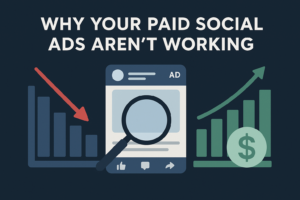
Paid Social Media ROAS
Why Your Paid Social Media Ads Aren’t Delivering ROAS—And How to Fix It You’ve invested in paid social media advertising. You’ve committed budget, time, and

B2B lead generation channels
Top B2B Lead Generation Channels in 2025 | Data-Backed Guide to Higher ROI Back in 2018 a single survey claimed that “Search beats every other

Search Visibility
How to Improve Search Visibility and Drive More Organic Traffic For many businesses, low search visibility is a persistent challenge that directly impacts their ability
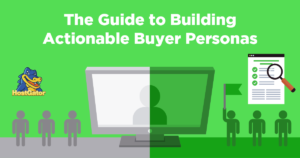
Creating Killer Buyer Personas
Creating Killer Buyer Personas: The Strategic Imperative for Smart Marketing In today’s digital-first economy, understanding your customer is no longer a luxury—it’s a strategic necessity.

Generative Engine Optimization (GEO)
Generative Engine Optimization (GEO): The Future of Search and How It Differs from SEO As digital marketing continues to evolve, search is undergoing a radical
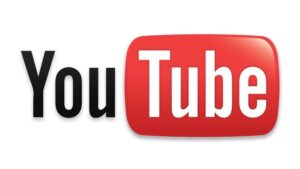
Best Practices for Building a Brand Presence on YouTube
Updated Best Practices for Building a Brand Presence on YouTube (2025) YouTube continues to be a dominant platform for video content, offering businesses unparalleled opportunities

